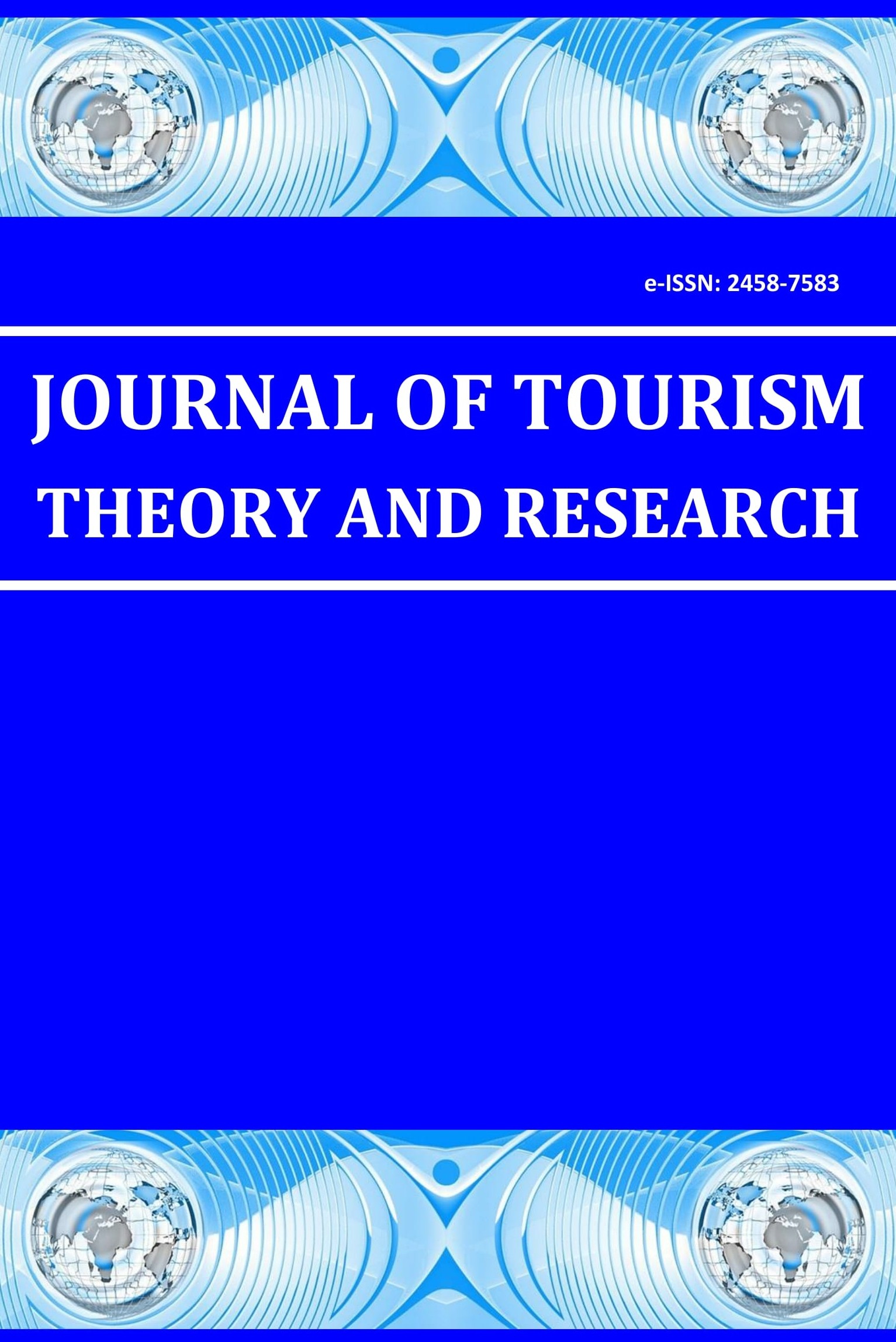Inbound tourism influenced by social media: An Indian case study
Inbound tourism influenced by social media: An Indian case study
In 2014, the Union Government of India has set a target to achieve 1% share in global tourism arrivals in India, as expressed by the then Union Minister State for Tourism. In this regard, the role played by Social Media to influence the foreign tourist was significant. To analyze the causality between India, as a tourist destination and its presence on social media platform, a research study has been done which was fully funded by Ministry of Tourism, Government of India. The main objective was to study all the foreign tourists visiting India duly influenced by the social media. Due to the nature of the study, the technique of the focus - group interview has applied and then structured questionnaire has prepared to achieve the six objectives of the study. With a total sample size of 2,351 inbound tourists, collected in four phases during peak inbound tourist seasons from 2015 to 2016. The sample had consisted of the respondents from 93 nationalities and influenced by social media to visit India. The major outcomes were that majority of the inbound tourists came to know about India as a tourist destination through social media and then they explored more information specifically tourists attractions, to plan their trips to India. The majority of the tourists got influenced by Tripadvisor and Facebook platforms and reasonably satisfied with the information generated by the other social media sources. The results and conclusions have accepted by Ministry of Tourism, Government of India and utilized appropriately to gain the competitive advantage.
Keywords:
Social Media;, Inbound tourists, Indian inbound tourism, Social media influence the inbound tourist Social media and Inbound tourism, Social Media channels,
___
- Blackshaw, P. (2006). The consumer-generated surveillance culture. Accessed on January 20, 2014 from http://www.clickz.com/showPage.html?page= 3576076
- Blackshaw, P., & Nazzaro, M. (2006). Consumer-generated media (CGM) 101: Word-of-mouth in the age of the web-fortified consumer. New York: Nielsen BuzzMetrics.
- Boddy, C. (2005). A rose by any other name may smell as sweet but ―group discussion is not another name for a ―focus group nor should it be. Qualitative Market Research: An International Journal 8, (3) 248-255.
- Devault, Gigi. (2016). Surveys Research - Confidence Intervals - Good Survey Research Design Seeks to Reduce Sampling Error. Accessed on May 10, 2016 from http://marketresearch.about.com/od/market.research.surveys/a/Surveys-Research-Confidence-Intervals.htm
- Expedia Media Solutions. (2013). Understanding the role of content in the travel purchase path. Accessed on February 10, 2014 from http://fredericgonzalo.com/en/2014/01/18/what-content-travelers-seek-online/
- Fesenmaier, D. R., Wo¨ber, K., & Werthner, H. (2006). Introduction: recommendation systems in tourism. In D. R. Fesenmaier, K. Wo¨ber, & H. Werthner (Eds.), Destination recommendation systems: Behavioral foundations and applications. Wallingford, UK: CABI.
- Litvin, S. W., Goldsmith, R. E., & Pan, B. (2008). Electronic word-of-mouth in hospitality and tourism management. Tourism Management, 29(3), 458–468.
- Marczak, M., & Sewell, M. (2007). Using Focus Groups for Evaluation. Marketing News. Accessed on May 2, 2016 from http://ag.arizona.edu/fcs/cyfernet/ cyfar/ focus.htm
- Miles, M., & A. Huberman. (1994). Qualitative data analysis. 2nd ed. Thousand Oaks, CA: Sage.
- Ministry of Tourism, Government of India. (2016). Study on Tourism in Overseas Market of Germany. Market Research Division, MoT, GoI.
- Ministry of Tourism, Government of India. (2016). Study on Tourism in Overseas Market of Japan. Market Research Division, MoT, GoI.
- Ministry of Tourism, Government of India. (2016). Study on Tourism in Overseas Market of South Africa. Market Research Division, MoT, GoI.
- Ministry of Tourism, Government of India. (2015). Study on Tourism in Overseas Market of Russia. Market Research Division, MoT, GoI.
- Ministry of Tourism, Government of India. (2015). Study on Tourism in Overseas Market of Turkey. Market Research Division, MoT, GoI.
- Ministry of Tourism, Government of India. (2011). Study on Tourism in Overseas Market of South Africa. Market Research Division, MoT, GoI.
- Ministry of Tourism, Government of India. (2012). Indian Tourism Statics. Market Research Division, MoT, GoI. Accessed on January 29, 2014 from http://www.tourism.gov.in/writereaddata/CMSPagePicture/file/marketresearch/publications/India%20Tourism%20Statics(2012)%20new.pdf
- Ministry of Tourism, Government of India. (2011). Study on Tourism in Overseas Market of Australia and New Zealand. Market Research Division, MoT, GoI.
- Ministry of Tourism, Government of India. (2011). Study on Tourism in Overseas Market of United Arab Emirates. Market Research Division, MoT, GoI.
- Ministry of Tourism, Government of India. (2016). Study on Tourism in Overseas Market of United Kingdom. Market Research Division, MoT, GoI.
- Prince, M., & Davies, M. (2001). Moderator teams: an extension to focus group methodology. Qualitative Market Research: An International Journal 4, (4) 207-216.
- Sheldon, P. J. (1997). Tourism information technology. Oxon, UK: CAB International.
- TripAdvisor. (2013). How TripAdvisor Impacts Travel Decision-Making. Accessed on February 12, 2014 from http://fredericgonzalo.com/en/2014/02/16/how-tripadvisor-impacts-travel-decision-making-infographic/
- Werthner, H., & Klein, S. (1999). Information technology and tourism: A challenging relationship. Vienna: Springer.
- Xiang, Zheng., & Gretzel, Ulrike. (2010). Role of social media in online travel information search. Tourism Management, 31, 179–188. DOI:10.1016/j.tourman.2009.02.016
- Xiang, Z., Wo¨ber, K., & Fesenmaier, D. R. (2008). Representation of the online tourism domain in search engines. Journal of Travel Research, 47(2), 137–150.
- Başlangıç: 2015
- Yayıncı: Mahmut DEMİR
Sayıdaki Diğer Makaleler
Inbound tourism influenced by social media: An Indian case study
Parikshat S MANHAS, Jeet DOGRA
Yavaş şehir–sürdürülebilir turizm paradoksu üzerine eleştirel bir bakış
Tourism in the organizational structures of metropolitan municipalities
Targeted soft power in Turkish new foreign policy and its impact on origins of in-bound tourists
A general overview of tourism clusters
